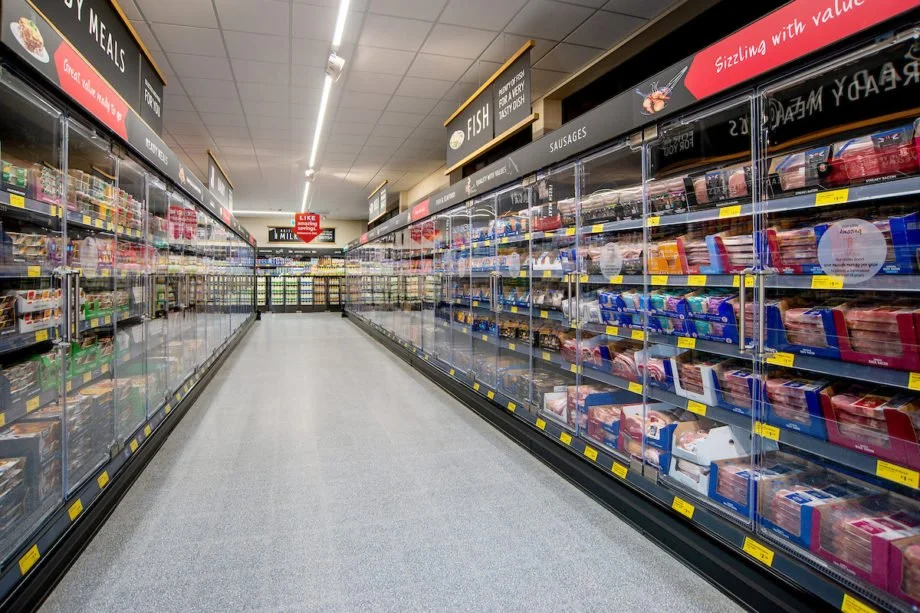Sustainable Retail Design Trends
Sustainability has become an increasingly important issue in recent years, and it is no surprise that it has begun to make its way into retail design as well. Consumers are increasingly aware of the impact their purchasing decisions have on the environment, and they are seeking out retailers that share their values. In this blog post, we will explore some of the sustainable retail design trends that are gaining popularity.
Use of Sustainable Materials
One of the most straightforward ways to make retail design more sustainable is by using eco-friendly materials. Sustainable materials include recycled and repurposed materials, reclaimed wood, bamboo, and cork. These materials not only reduce the environmental impact of the retail space but can also add a unique aesthetic.
Cash desk made from waste wood timber terrazzo from Foresso
Energy Efficiency
Energy-efficient design is another key trend in sustainable retail design. This trend involves the use of energy-efficient lighting, HVAC systems, and appliances. Retailers can reduce energy consumption by using LED lighting, installing motion sensors to turn off lights when not in use, and even introduce doors onto supermarket fridges to reduce energy consumption.
Aldi introduced chiller doors and reduced energy consumption by 20%
Biophilic Design
Biophilic design is a design trend that incorporates natural elements into retail spaces. This can include incorporating plants and greenery, natural light, and other natural features. Biophilic design has been shown to improve customer well-being and productivity, as well as reduce stress levels.
Timberland store Carnaby Street
Modular Design
Modular design is a trend that involves designing retail spaces in a way that allows for easy disassembly and reassembly. This can be achieved through the use of modular walls, fixtures, and furnishings. Modular design is beneficial for sustainability because it allows for easy reconfiguration of retail spaces, reducing the need for new construction.
Swiss supermarket chain Migros have introduced a modular system where all fixtures apart from the fixed food prep areas are moveable and flexible.
Waste Reduction
Waste reduction is an essential component of sustainable retail design. Retailers can reduce waste by implementing recycling programs, choosing packaging materials that are recyclable or compostable, and reducing the amount of single-use plastics used in the retail space.
Penneys has rolled out ‘Textile Takeback’ units across all Irish stores.
In conclusion, sustainable retail design is a growing trend that benefits both retailers and consumers. By incorporating sustainable materials, energy-efficient design, biophilic design, modular design and waste reduction, retailers can reduce their environmental impact and attract customers who prioritize sustainability. As sustainability continues to gain importance in the retail industry, it is essential for retailers to incorporate these trends into their design practices.
(Images via Pinterest)
Interested in learning more about how we can make your business more sustainable?
Since 2020, Ciara Petty Design Studio has become the leading destination for exceptional design solutions, serving retailers, foodservice operators, and hospitality businesses nationwide. With locations in Ennis and Dublin, we are strategically positioned to cater to clients across the country. With a visionary design team and unmatched attention to detail, we make a lasting impression that sets you apart. Unlock your business's potential with Ciara Petty Design Studio and discover the transformative power of design. For more information visit ciarapetty.com/about.





